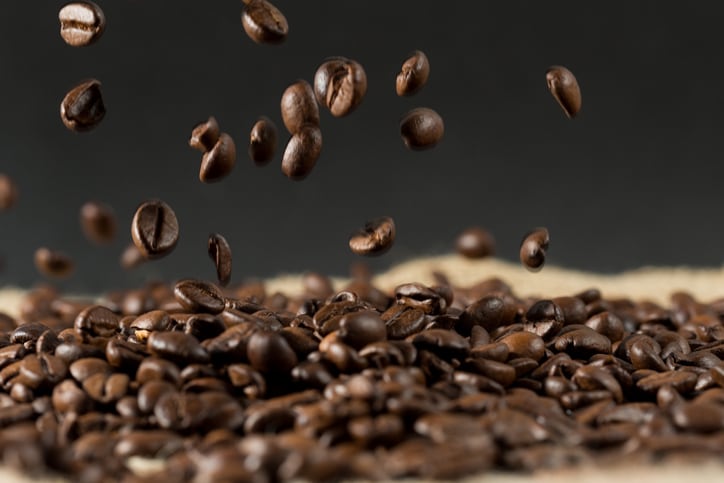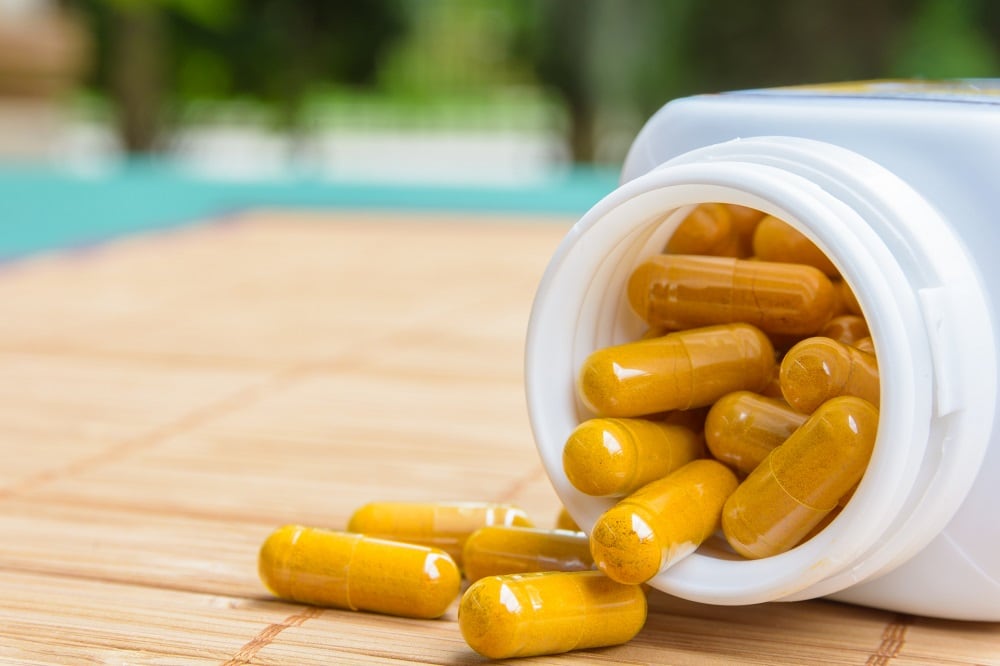Americans are drinking more coffee than ever. According to Reuters, a study commissioned by the National Coffee Association surveyed 3,000 Americans about their coffee drinking habits. The survey found that 64% of Americans drink a cup of coffee every day, up from 62% in 2017.
As it turns out, coffee beans have other benefits beyond keeping us awake. Food science and human nutrition researchers are looking into the potential of inflammation-fighting compounds found in the silverskin and husk of coffee beans for their role in alleviating chronic disease. Silverskin is a very fine sheath around the green beans that ruptures and falls off as the beans expand during roasting. While this forms a tiny fraction of the bean's overall weight, significant amounts of silverskin accumulate in roasters when tons of beans are processed.
Beans, beans, the magical inflammation-fighting compounds
The study, published in Food and Chemical Toxicology, found that when fat cells in mice were treated with water-based extracts from coffee bean skins, two specific phenolic compounds (protocatechuic acid and gallic acid) reduced obesity-related inflammation in the cells. It also improved glucose absorption and insulin resistance.
While further studies are needed, researchers said the findings for these bioactive compounds are promising and could be used to prevent obesity-related chronic illnesses, like type 2 diabetes and cardiovascular disease.
Methodology
For the study, the fat cells and immune cells were cultured together to recreate the "real-life" interaction between the two cells.
Miguel Rebollo-Hernanz, a lead author of the study, detailed how the findings provide insights into the inner workings of these extracts and their potential efficacy for future studies.
"We evaluated two extracts and five pure phenolics, and we observed that these phenolics, mainly protocatechuic acid and gallic acid, were able to block this fat accumulation in adipocytes mainly by stimulating lipolysis [the breakdown of fats], but also by generating 'brown-like' or 'beige' adipocytes," Rebollo-Hernanz explained.
The brownish cells are known as fat burners, and they contain more mitochondria, which converts nutrients into energy. In the study, the researchers noted that some phenolics were able to stimulate browning of the fat cells, increasing the content of mitochondria in adipocytes, or fat cells.
"Macrophages are present in the adipose tissue and when adipose tissue grows excessively, there are interactions that stimulate inflammation and oxidative stress," Rebollo-Hernanz said. "We saw that these phenolics were able to reduce and decrease the secretion of inflammatory factors, but also decrease oxidative stress."
When macrophages interact with fat cells, the cells have fewer mitochondria, which results in the loss of capacity to burn lipids. Using these phenolics, the researchers found that this impact of macrophages on the fat cells was completely blocked, while fat cells maintained their function.
"The compounds we tested were able to inhibit inflammation in the macrophage. That means inhibiting many markers that produce inflammation to the adipocytes. Those were blocked," explained Elvira Gonzalez de Mejia, professor of food science in the College of Agricultural, Consumer and Environmental Sciences at University of Illinois and co-author of the study. "Coming to the adipocytes themselves, we saw inhibition of different markers related to inflammation as well. Absorption of glucose was improved because the glucose transporters were present. And this went back and forth.”
"Now we know that in the presence of these compounds we can reduce inflammation, reduce adipogenesis, and decrease the 'loop' that helps the two types of cells grow and develop bad compounds that will negatively affect the whole system," she adds.
Ingredients instead of waste
In addition to its benefits to science, the researchers also highlighted the environmental perks of using the coffee bean by-products.
After processing, the bean skin usually left behind in the field. This could cause health issues down the road because the skin will ferment and grow mold. Worldwide, 1,160,000 tons of husk are left in fields per year, potentially causing contamination, according to de Mejia.
Additionally, 43,000 tons of silverskin is produced each year, which, de Mejia added, may be easier to utilize because it stays with the bean as it is exported to different countries to be roasted.
"It will require good collaboration between academic institutions, industry, and the public sector to solve this problem, but the market is there for these products. Once producers see the value, they will treat these materials as an ingredient instead of a waste.”
Source:
Food and Chemical Toxicology
Volume 132, October 2019, 110672 DOI: 10,1016/j.fct.2019.110672
"Phenolic compounds from coffee by-products modulate adipogenesis-related inflammation, mitochondrial dysfunction, and insulin resistance in adipocytes, via insulin/PI3K/AKT signaling pathways"
Authors: Rebollo-Hernanz, M. et al



